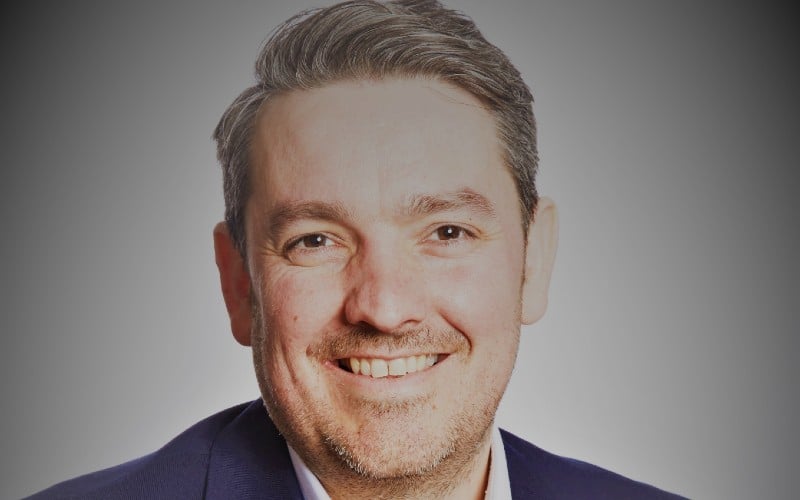Cheshire-headquartered Freeway Insurance have spent more than 20 years providing taxi insurance for thousands of Uber drivers, hackney carriages, private hire vehicles and executive chauffeur cars.
Paul Cunniff, chief financial officer of Freeway Insurance, says technology runs through the core of the business.
“Your typical touch points in the industry will be when you buy insurance or make a claim,” he says. “What we are trying to do is create a great customer experience for every single client.”
In other words Freeway is trying to change the perception that the insurance sector is resistant to new technology.
Speaking at TechBlast’s latest Going 4 Growth roundtable Cunniff explains: “We’re literally launching the biggest technical transformation we’ve ever done to create a joined up technology system that will improve the user experience for our client base in a way you wouldn’t typically see in the insurance sector.”
Even before Covid struck the taxi industry had undergo seismic change in the wake of new competition and increased regulation.
Impact of Covid
According to Cunniff when the pandemic hit the number of vehicles in the marketplace reduced from 300,000 to around 150,000, although they’ve since recovered to between 200,000 and 250,000. At its lowest point during lockdown the market was reportedly as low as 20% operational.
“We’ve seen a plateau from customer numbers point of view but our market share has gone up from 5% to 8%,” he says.
“We’ve had to challenge the way we operate and that’s predominately around technology and how we enhance our service. We enable the business through a greater use of technology.”
Cunniff says as well as improving the UX for customers technology can better predict who is most likely to have an accident.
Data
“An average accident will cost us between £2k-£3k,” he says. “If tragically you are unfortunate enough to experience an accident that results in fatality or life-changing injuries that can lead to a multimillion pound claim.
“We look to data to corroborate whether the individual (driver) will end up making a claim. We can do that through data enrichment and understanding claims data and policy behaviour to understand the profile of a driver who is less likely to have an accident.
“We then have a really tight underwriting criteria which should ultimately reduce the number of accidents.”
Cunniff stressed that they were trying to help customers through greater education.
“Our approach is also around training client’s behaviour,” he explains. “That could include educating them how to drive in cold and icy conditions and getting them to slow down. There was a recent change to the Highway Code so you need to make sure your clients understand that.”
Ultimately Cunniff says the customer needs to know what do when the worst happens and there is an accident.
“How do we make sure the clients understand what happens if they do have an accident?” he asks. “That’s where we come in.
“The key time to deal with a claim is in the first 12-24 hours to ensure you can fully understand the circumstances, support your client and fully defend it on behalf of your client. There is also the small matter of getting your client back on the road to earn quickly.
“The ultimate aim is to reduce the cost of the insurance premium. We don’t believe a dash cam cameras changes behaviour. It just captures information rather than helps people to drive. Technology and education combined change behaviours.”


